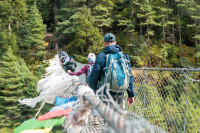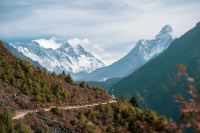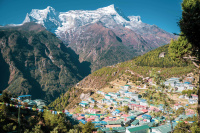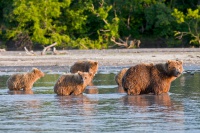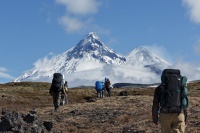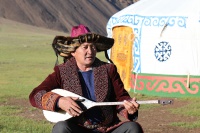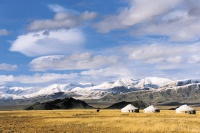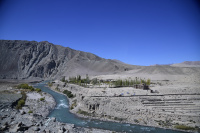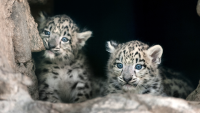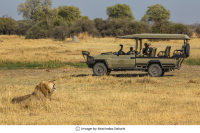-
Into the wild: 5 Indian Forests you can visit with your kids!
Jungles have always been a place of mystery and intrigue. The home of Mowgli and Tarzan where all magical adventures take place and all wild animals are friends. Bring this jungle magic out of the television screen for kids by planning a wildlife safari with them! And take it from us, they will love it!
Why plan a jungle safari with your kids?
- The unfiltered joy and marvel that you’ll see on their face when they spot animals they've only seen in books and TV is incomparable.
- Moreover the happiness of being in the wilderness and being one with nature has scientific evidence of a positive impact on all human beings and to a child it just makes it that bit extra special.
- Replacing the glass and iron confinement you see in zoos with open grasslands and forests, will add a new perspective of lives of these wild beauties as nature had planned it - teaching the kids empathy and kindness towards nature and wildlife.
National Parks you can visit
India is bestowed with stunning wildlife and jungles. Here’s a pick of our favourite five where you can head to with your kids:
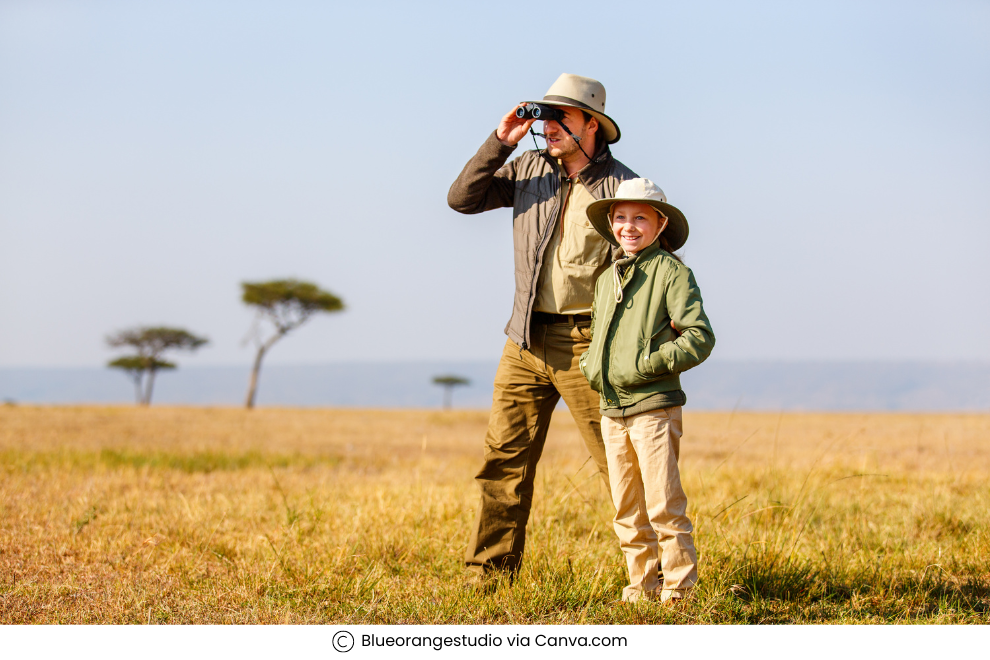
Pench National Park
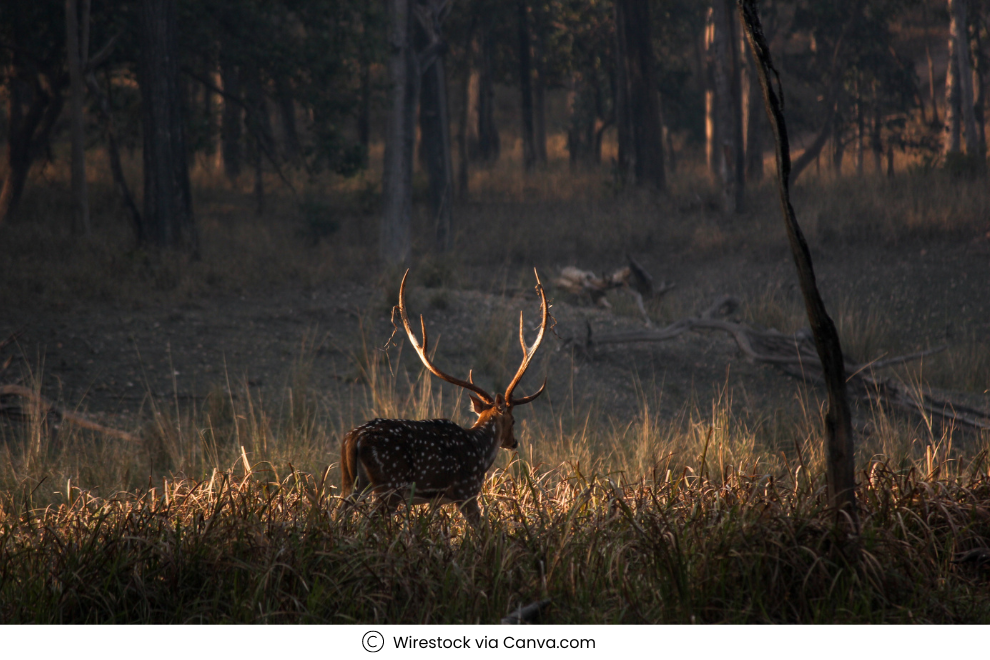
Pench National Park, located in the state of Madhya Pradesh, is known for its rich biodiversity and diverse wildlife. Named after the Pench river that flows through the park, the park is spread over an area of 758 sq kms and has a diverse range of vegetation, including tropical deciduous forests, mixed forests, and open grasslands.
Best Time to Visit: October to February
Highlight: It is the setting of Rudyard Kipling’s The Jungle Book and it is the original home of ‘Mowgli’!
Animals you can spot:
- The Bengal tiger is the main cat species that dominates the park. Jungle safaris here will ensure your kids will have a gripping and exciting time tracking and spotting a tiger.
- Indian wild dogs or Dhole, are also a common sight in Pench National Park. These animals are known for hunting in packs and can be seen in the park's grasslands and forests.
- Besides tigers, the park also harbours Indian leopard, sloth bear, Indian wolf, porcupine, monkey, jungle cat, fox, striped hyena, gaur, four-horned antelope, and barking deer.
Flora you can spot:
- At Pench, your kids will spot trees like teak, bamboo and Sal which is commonly used in our day-to-day life. Seeing the source of the products they use at home, will help them realise the importance of nature and just how essential it is to preserve our forests.
How to get here?
Fly to Nagpur from any major cities and take a bus or book a private car to Pench (130 kms).
Kaziranga National Park
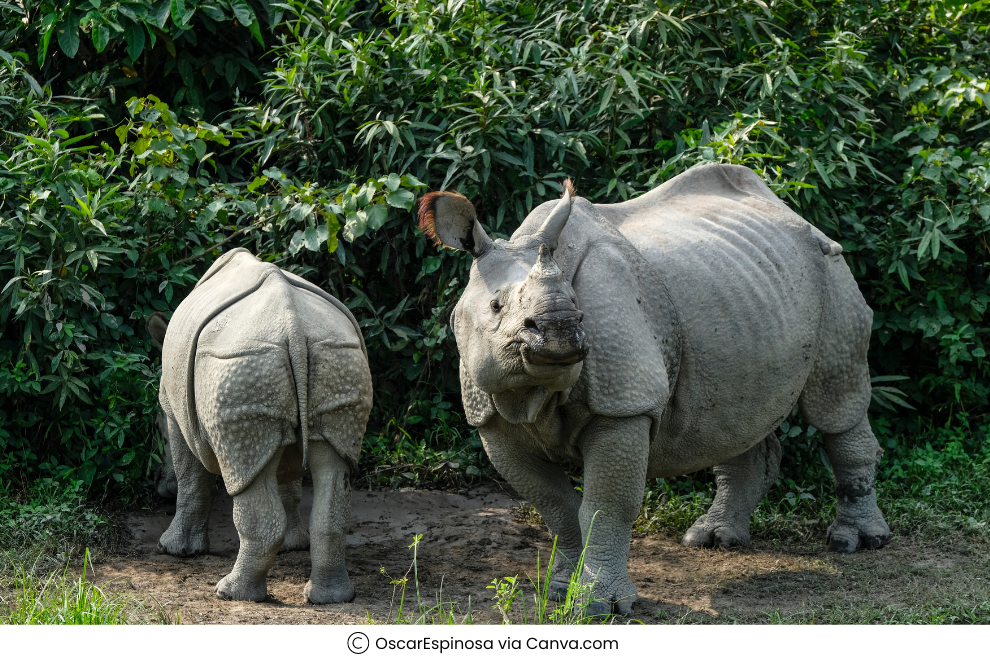
Kaziranga National Park, located in the state of Assam, is one of the most popular national parks in India. This national park was established in 1905 by then Viceroy of India, Lord Curzon. It was an attempt to save and revive the diminishing numbers of the great The park is now spread over an area of 858 sq kms and is a UNESCO World Heritage Site.
Best Time to Visit? November to February
Highlight: The sanctuary hosts two-thirds of the world’s great one-horned rhinoceroses, making it feasible to spot this elusive and protected animal in the wild.
Animals you can spot:
- The story of the one-horned rhino in Kaziranga is one of the most successful conservation stories you can teach your kids. The park went from having around 335 rhinos in 1995 to 1,200 at present!
- They've also made great strides in conserving the tiger population.
- Another species your kids can spot is the Indian Mithun, a semi-domesticated bovine found in the park. It's known for its hardiness and resistance to harsh environmental conditions, it's also considered as a sacred animal in many tribal communities.
- The park is also home to large breeding populations of elephants, wild water buffalo, and swamp deer.
Fauna you can spot:
- Water lilies and orchids are a common sight in the park’s forests and wetlands and make for a beautiful sight for your kids with their bright splashes of colour.
- You can also acquaint them with the reed plant Reed that is commonly used in handicrafts products and crafts.
- The park houses a wide variety of trees, including the Indian rosewood, Indian kapok, and Indian rubber tree which are not commonly found in the cities, making it an interesting lesson for your kids.
How to get there?
- The closest airport to Kaziranga is in Guwahati. You can take a taxi to Kaziranga National Park, which is 295 kms from there.
Bandhavgarh National Park
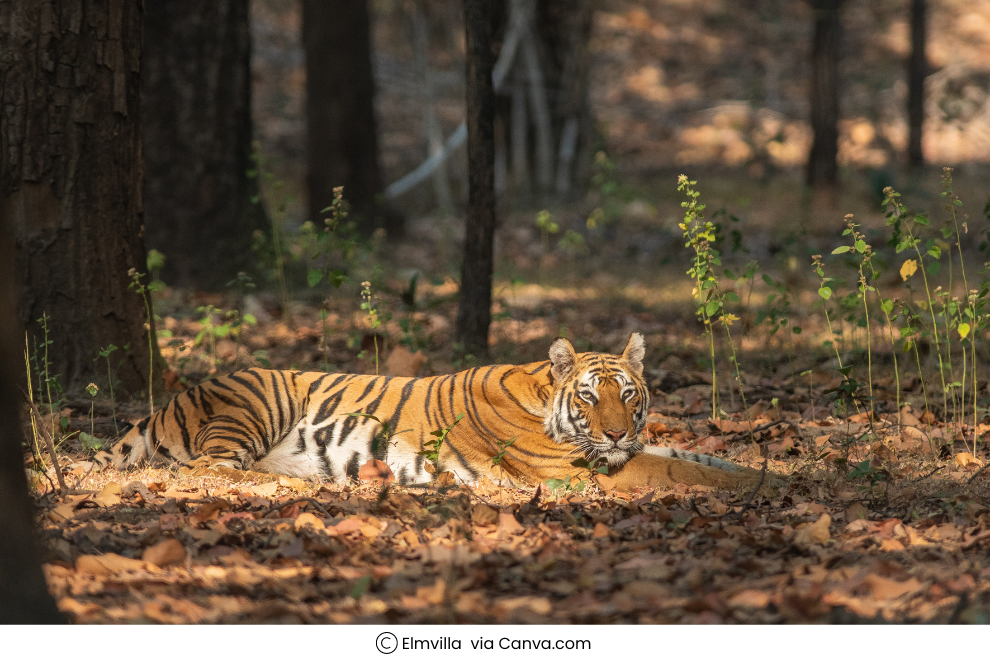
Bandhavgarh National Park is located in the Umaria district of Madhya Pradesh, India. It is known for its high density of Bengal tigers and leopards, as well as a diverse array of other wildlife. The park is spread over an area of around 105 sq kms and is home to over 50 species of mammals, more than 250 species of birds, and several species of reptiles and butterflies.
Best Time to Visit? February to June
Highlight: Bandhavgarh National Park presents to you an opportunity to introduce your kids to the Royal Bengal Tigers in their natural habitat. With one of the highest densities of tigers in India, the park is considered one of the best places in the world to see these magnificent animals.
Animals you can spot:
- Besides the tigers, the park also has a healthy population of leopards and visitors may be lucky enough to spot one during their visit.
- The park is also home to Sloth Bears. These shaggy-coated bears are known for their slow, shambling gait and your kids will love seeing their favourite toy in person!
- You can also spot the Indian Gaur which is the largest species of wild cattle in the world.
Flora you can spot:
- Teach your kids about the tribal culture of the area by introducing them to trees that are vital to them like the Mahua tree which is a large deciduous tree used for medicinal and edible purposes.
- Point out the Sal tree to them which is the most common tree species in the park and provides a good share and dominates the forest canopy in the park.
How to get there?
The nearest airport to the park is Jabalpur Airport, which is located around 170 kms away. From the airport, visitors can take a taxi or bus to the park.
Dudhwa National Park
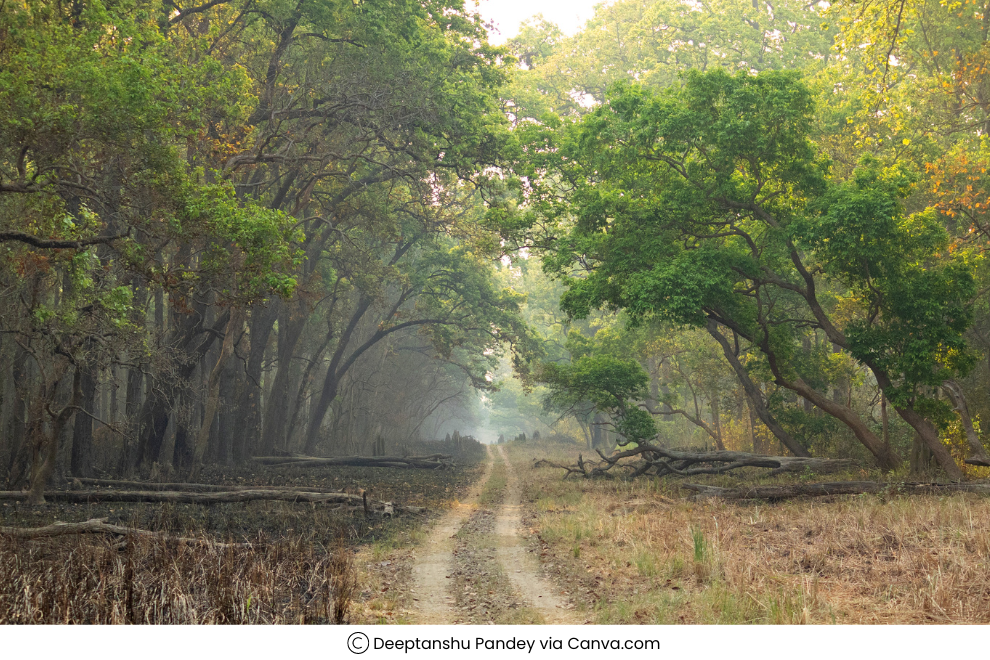
Dudhwa National Park, located in the state of Uttar Pradesh, is a beautiful and diverse national park known for its rich biodiversity and unique wildlife. It is spread over an area of 490.3 sq kms and is situated in the Terai region, which is a narrow strip of land that stretches along the foothills of the Himalayas. You can spot a diverse range of vegetation here, including tropical moist deciduous forests, grasslands, and wetlands which provides a home for a wide variety of plants and animals.
Best Time to Visit? October to June
Highlight: Dudhwa National Park is home to the Barasingha, also known as the Swamp deer which are considered to be one of the most beautiful deer species in the world.
Animals you can spot:
- If your kids love birds, they will love it here! Out of the nearly 1300 birds found in the Indian subcontinent, over 450 species can be seen in Dudhwa Reserve. These include Hornbill, Red Jungle Fowl, Pea fowl, Bengal Florican, Paradise flycatcher, Woodpeckers, Orioles, Emerald dove etc.
- The national Park is home to a wide variety of wildlife, including tigers, elephants, swamp deer, and a variety of primates like Langur and Rhesus macaques.
- It also has a large population of Indian rhinoceroses, and it's one of the best places in India to see them!
Flora you can spot:
- You can take your kids for a walk in the forest and introduce them to the trees which are important to the local communities.
- From the Sal tree that has different medicinal uses to Sisso trees that are used for construction and fuel. Not to forget, the ever-present Bamboo trees that are used to make local houses and structures.
How to get there?
The nearest major city and airport is Lucknow, which is around 170 kms away. From Lucknow, one can take a bus or hire a car to reach Dudhwa National Park. Additionally, trains are available till Dudhwa railway station, after which one can hire a car or take a bus to reach the park.
Honorary Mention - This entry is for older kids, for families looking to bond in nature through treks and hikes!
Singilila National Park
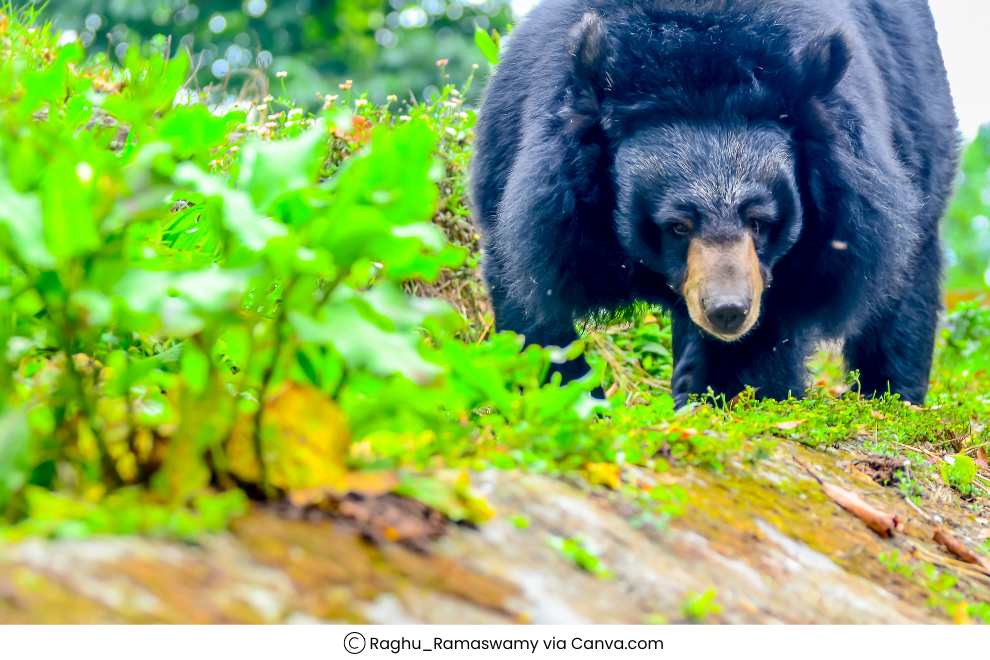
The forest of Singalila was bought by the British government from the King of Sikkim. Some years after independence, in 1992, the forest was converted into a National Park. Currently, it is a protected area and covers an area of 78.60 sq kms and is known for its spectacular mountain views and diverse wildlife.
Best Time to Visit?
Spring season (March until May): It is during this season when the flora and fauna of the Singalila National Park region is at its peak. The whole forest is blooming with rhododendrons and orchids of various kinds.
Autumn-Winter(October until December): This is the time when all your focus will be on the snow white peaks adorning the clear sky of the park.
Highlight: The park is famous for the trekking routes and hiking trails that it offers. Trekkers can trek through the dense forest and reach the Sandakphu peak, the highest point in West Bengal, which offers a panoramic view of the Himalayas, including Mount Everest, Kanchanjunga, and Makalu. The park is also home to several villages that offer a glimpse into the lives of the local people, who are mainly involved in agriculture, horticulture, and animal husbandry.
Animals you can spot:
- Spot exotic wildlife and flora while you trek through the park. Play peek-a-boo with rare and exotic Red Panda, which are the precious residents of the national park.
- Keep your eyes open for musk deers, Himalayan Black Bear, Yellow throat-ed Marten, and Clouded Leopard.
- Families can also sign up for the snow leopard trail where you can trek to spot the big elusive cats living at higher elevations. They are considered an endangered species, and are extremely rare to spot.
- Apart from that, the park is also home to 120 species of Himalayan and Indo-Burma birds.
Flora you can spot:
- Rhododendron is a large genus of shrubs and small trees found in the park, it is known for its large, showy flowers that bloom in shades of pink, red, and purple - makes for a pretty enchanting sight while trekking.
- The park is home to a wide variety of orchids, which can be found in the understory of the forest.
- Apart from the above, Oak and bamboo trees are the most dominant tree species in the park.
How to get there?
The nearest airport to the park is Bagdogra Airport, which is located around 130 kms away. Alternatively, the nearest railway station is New Jalpaiguri, which is located around 150 kms from the park. From both the airport or the railway station, visitors can take a taxi or bus to the park.
So are you ready to walk the wild side with us? Let us know in the comments below!
Ready to embark on your next adventure? Fill out the form below and let our experts curate your dream getaway!
All Fields are mandatory*-
Related Tours
-
Recent Blogs
